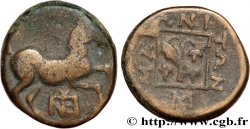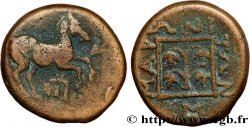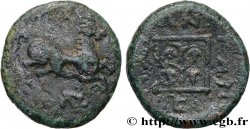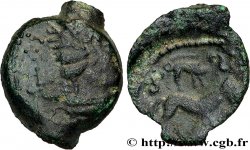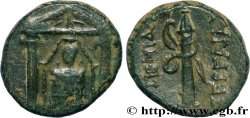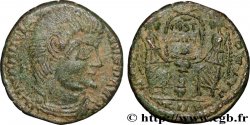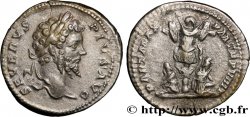Live auction - bgr_522798 - THRACE - MARONEIA Tetrobole
You must signin and be an approved bidder to bid, LOGIN TO BID. Accounts are subject to approval and the approval process takes place within 48 hours. Do not wait until the day a sale closes to register. Clicking on "BID" constitutes acceptance of the terms of use of cgb.fr private live auctions.
Bids must be placed in whole Euro amounts only. The sale will start closing at the time stated on the item description; any bids received at the site after the closing time will not be executed. Transmission times may vary and bids could be rejected if you wait until the last second. For further information check the Live auction FAQ
All winning bids are subject to a 18% buyer’s fee.
All winning bids are subject to a 18% buyer’s fee.
| Estimate : | 550 € |
| Price : | 350 € |
| Maximum bid : | 410 € |
| End of the sale : | 04 June 2019 14:08:03 |
| bidders : | 1 bidder |
Type : Tetrobole
Date: c. 398-387 AC.
Mint name / Town : Thrace, Maronée
Metal : silver
Diameter : 13,5 mm
Orientation dies : 3 h.
Weight : 2,83 g.
Rarity : R2
Coments on the condition:
Exemplaire sur un petit flan épais, parfaitement centré des deux côtés. Frappe de haut relief au droit, seul le T est hors champ. Très joli revers de style fin, bien venu à la frappe avec la grappe de raisin où tous les grains sont visibles. Jolie patine grise de collection ancienne avec des reflets mordorés
Catalogue references :
Obverse
Obverse description : Protomé de cheval à gauche.
Obverse legend : M/H/[T]
Reverse
Reverse description : Cep de vigne avec grappe de raisin dans un carré linaire bouleté; dans le champ à droite, une feuille de lierre ; le tout dans les restes d’un carré creux.
Reverse legend : M-A
Commentary
Semble du même coin de droit que l’exemplaire du Danish National Museum (SNG. Cop. 617).
Appears to be from the same obverse die as the Danish National Museum copy (SNG. Cop. 617)
Appears to be from the same obverse die as the Danish National Museum copy (SNG. Cop. 617)







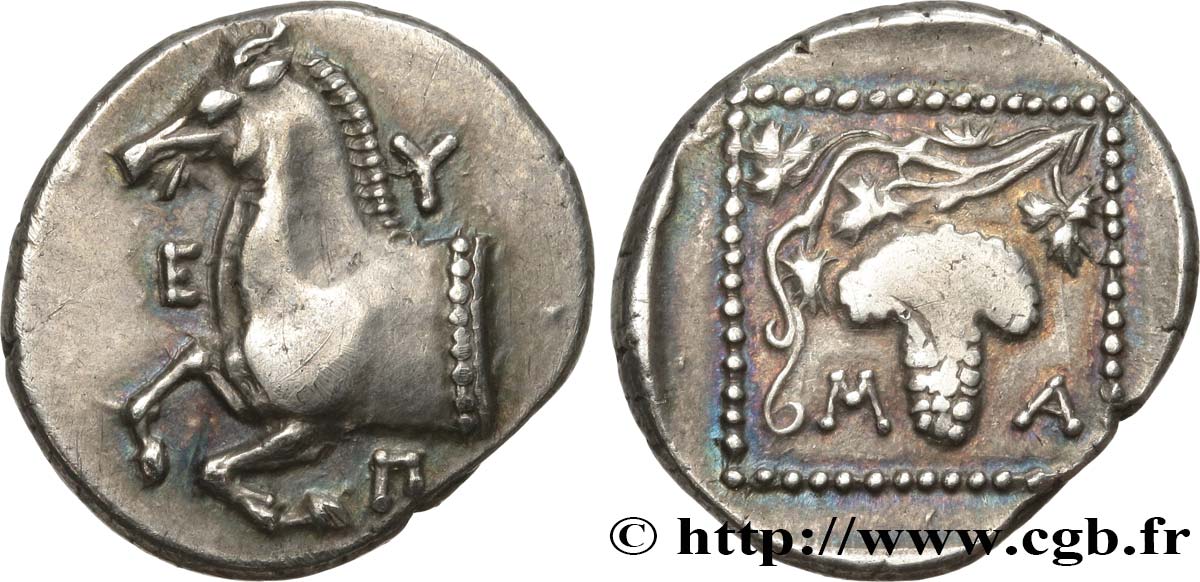
 Report a mistake
Report a mistake Print the page
Print the page Share my selection
Share my selection Ask a question
Ask a question Consign / sell
Consign / sell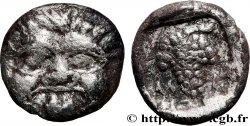
 Full data
Full data